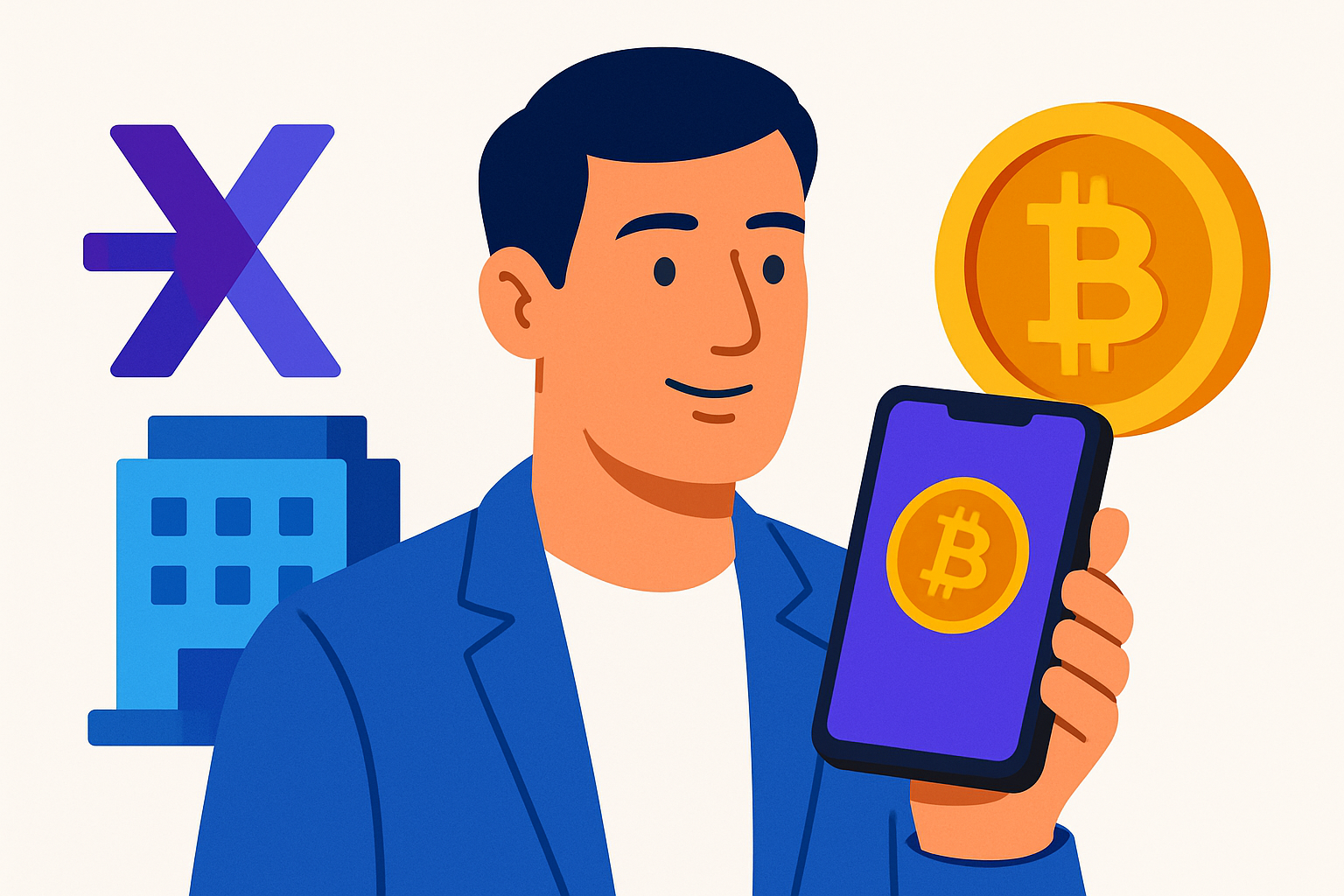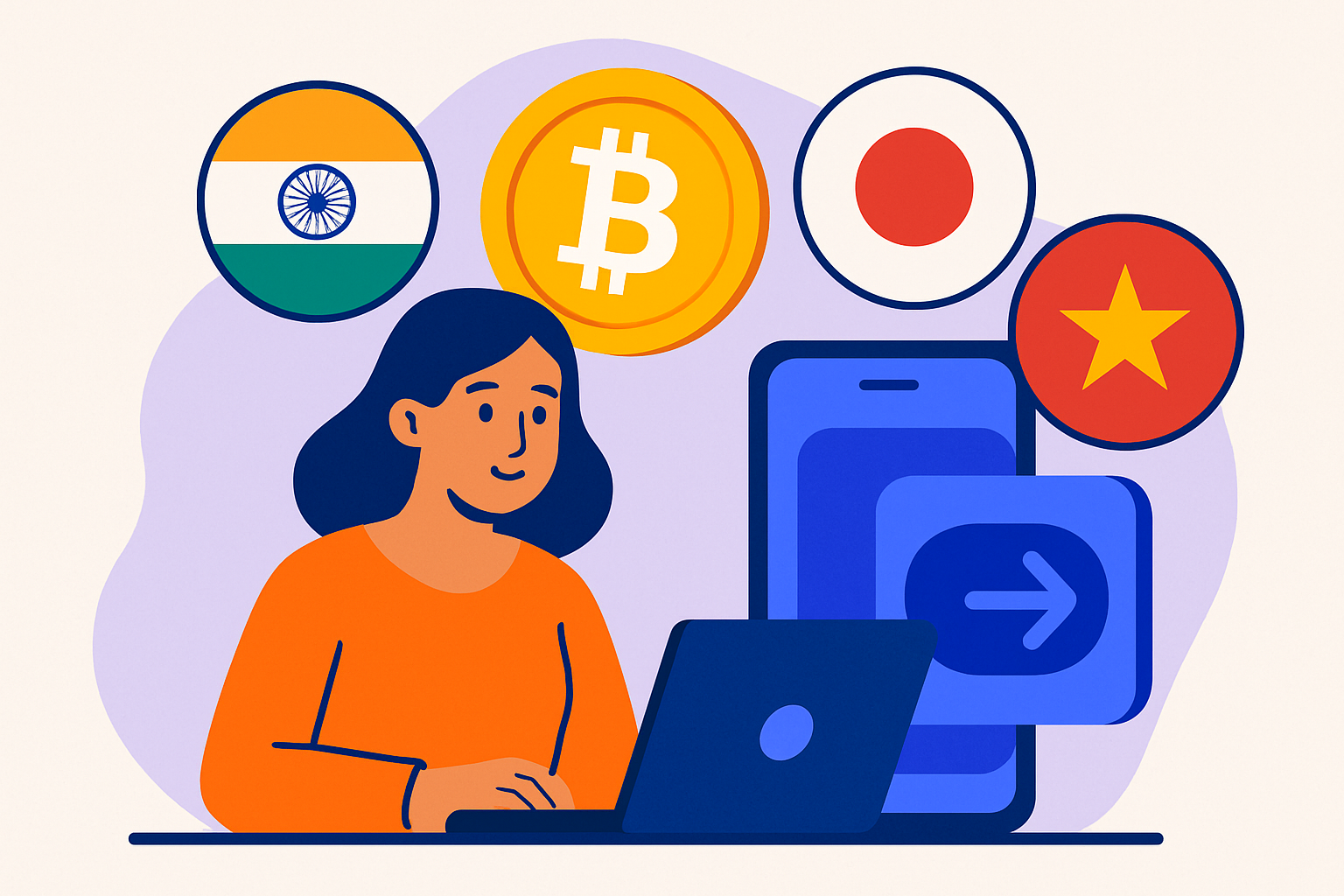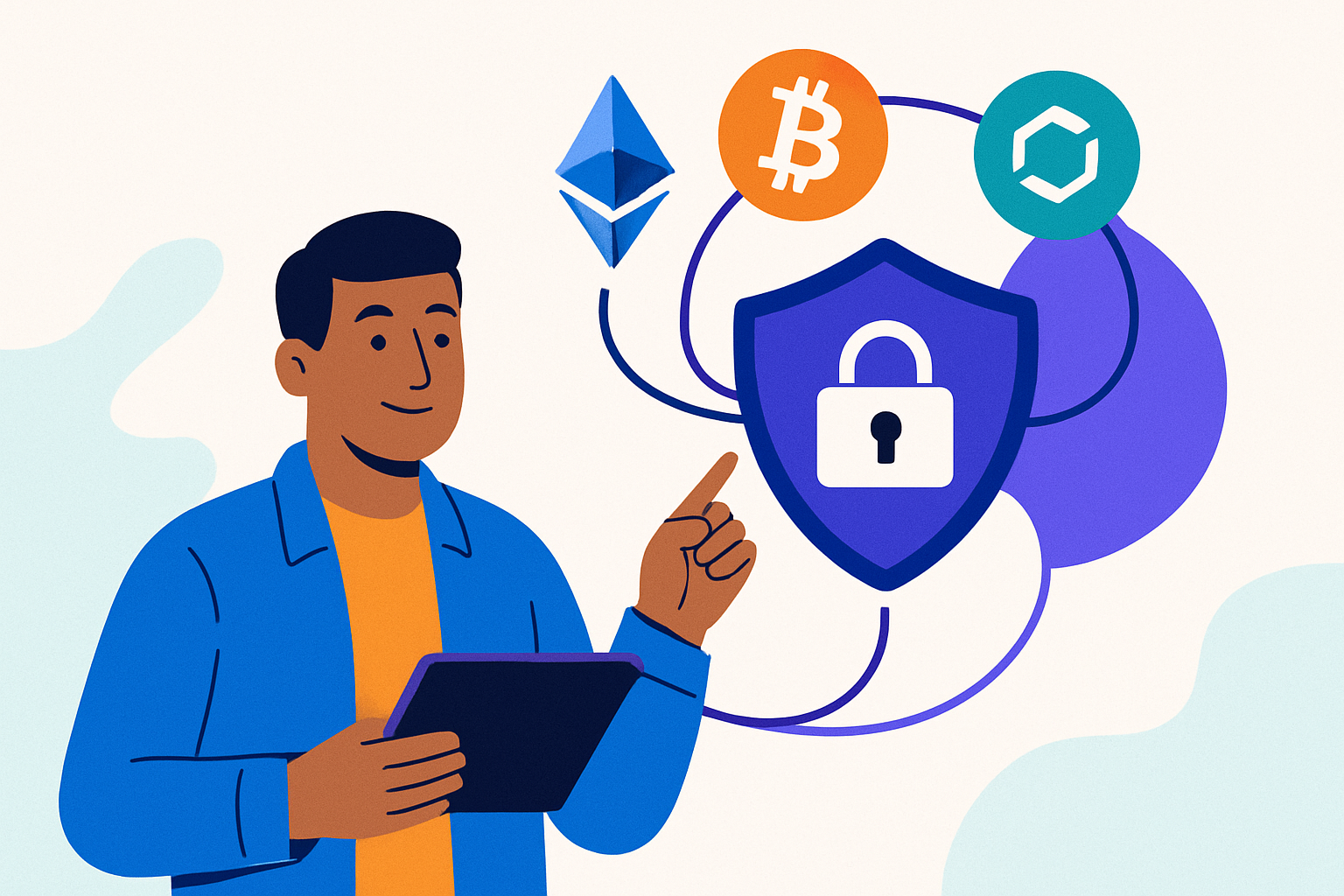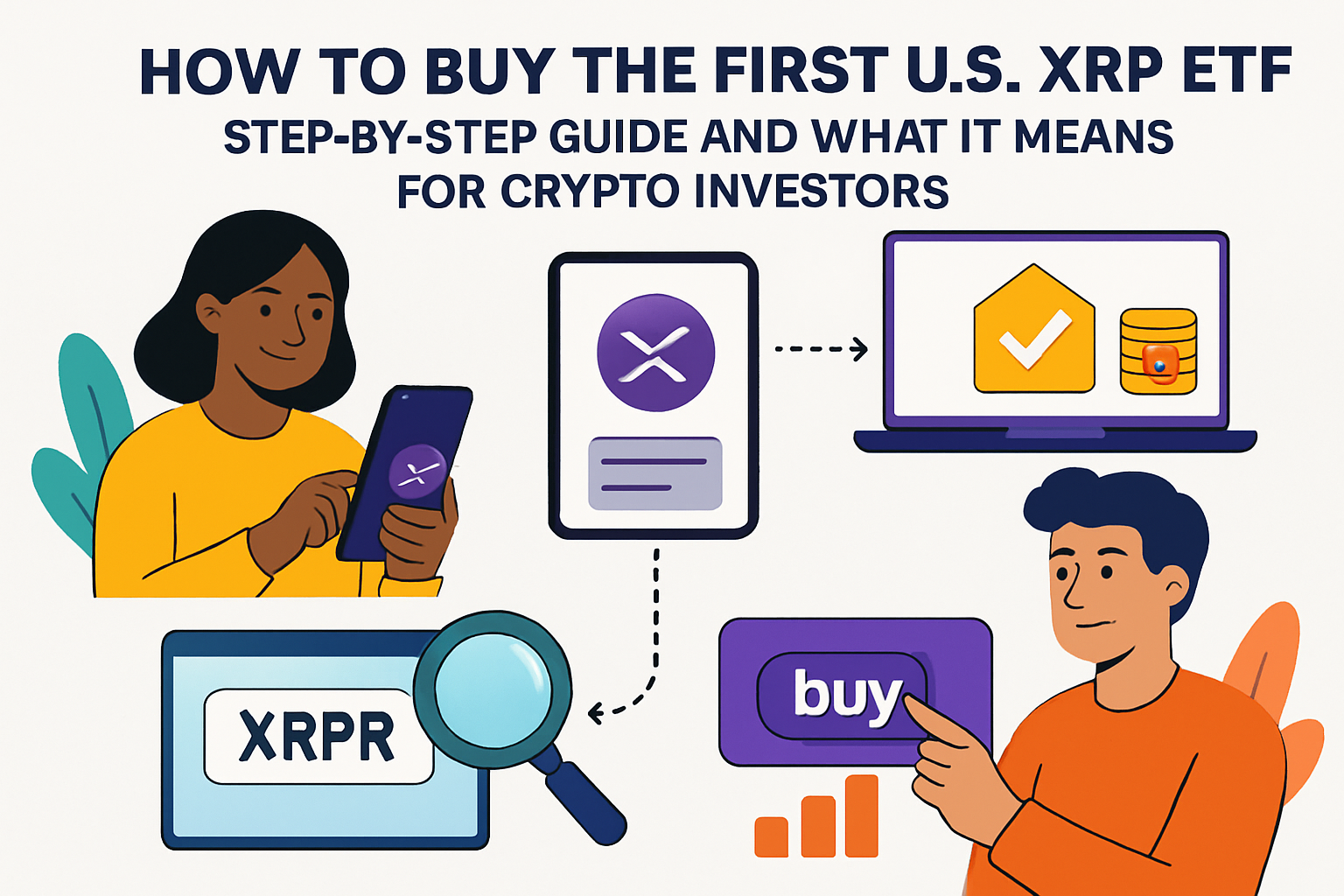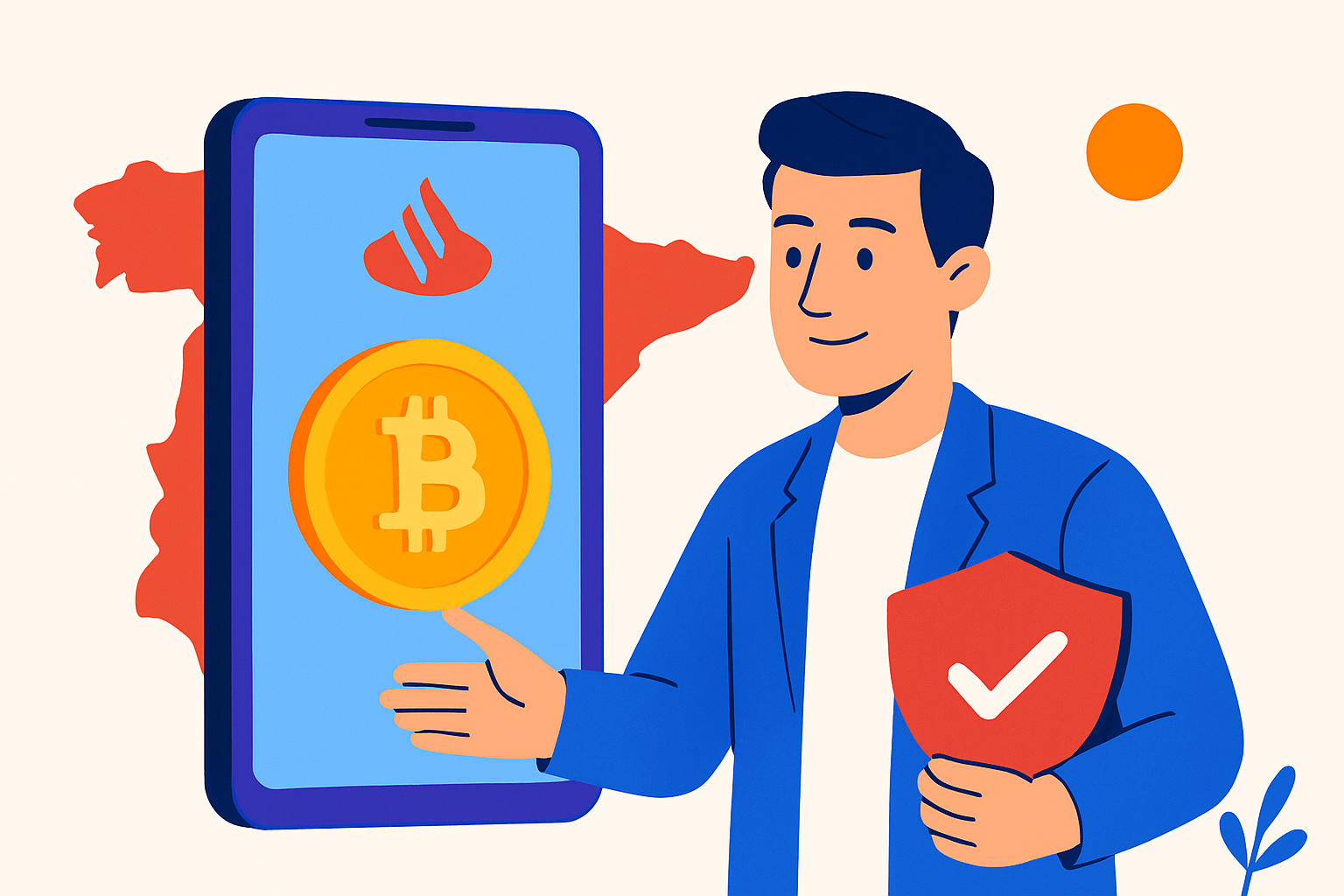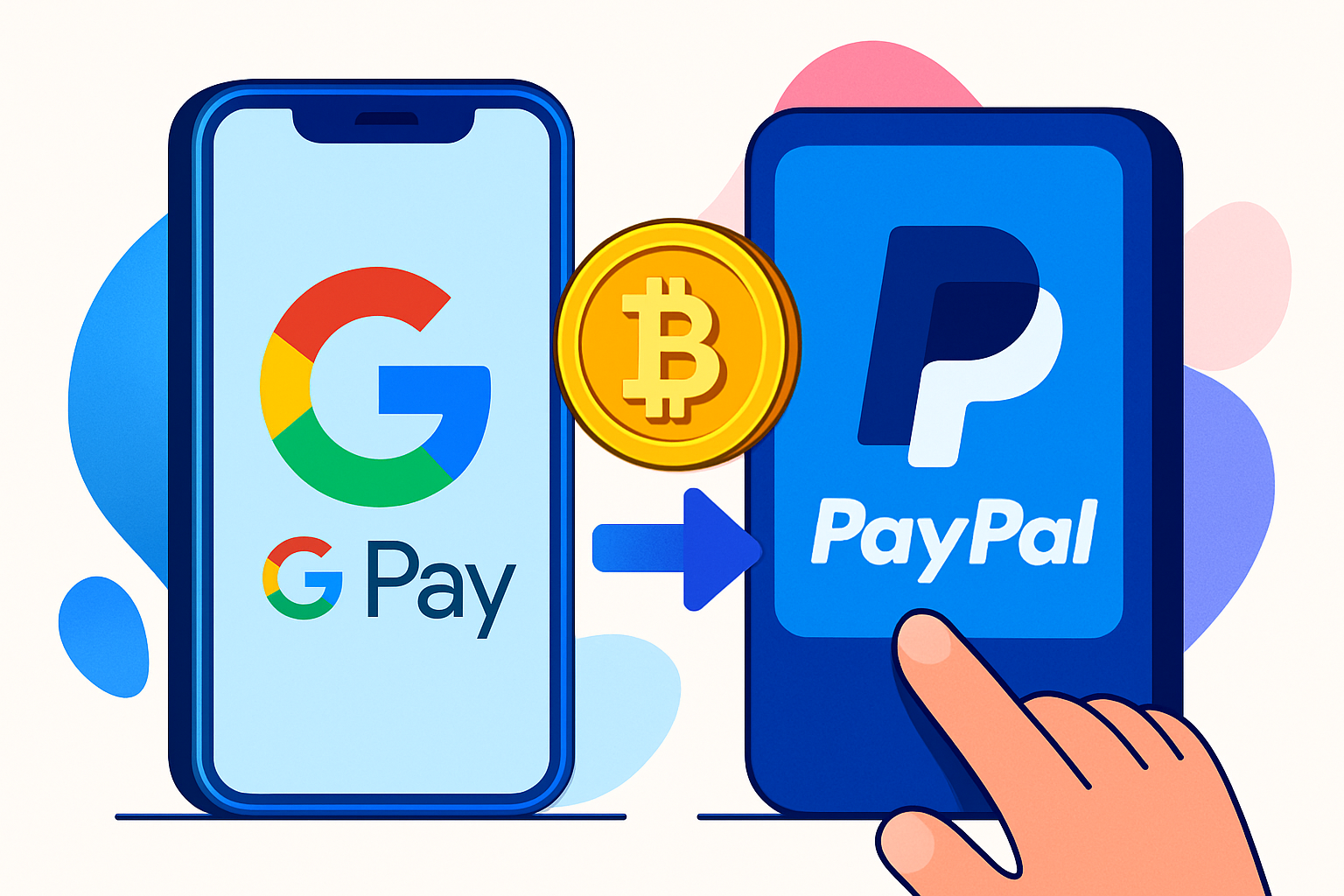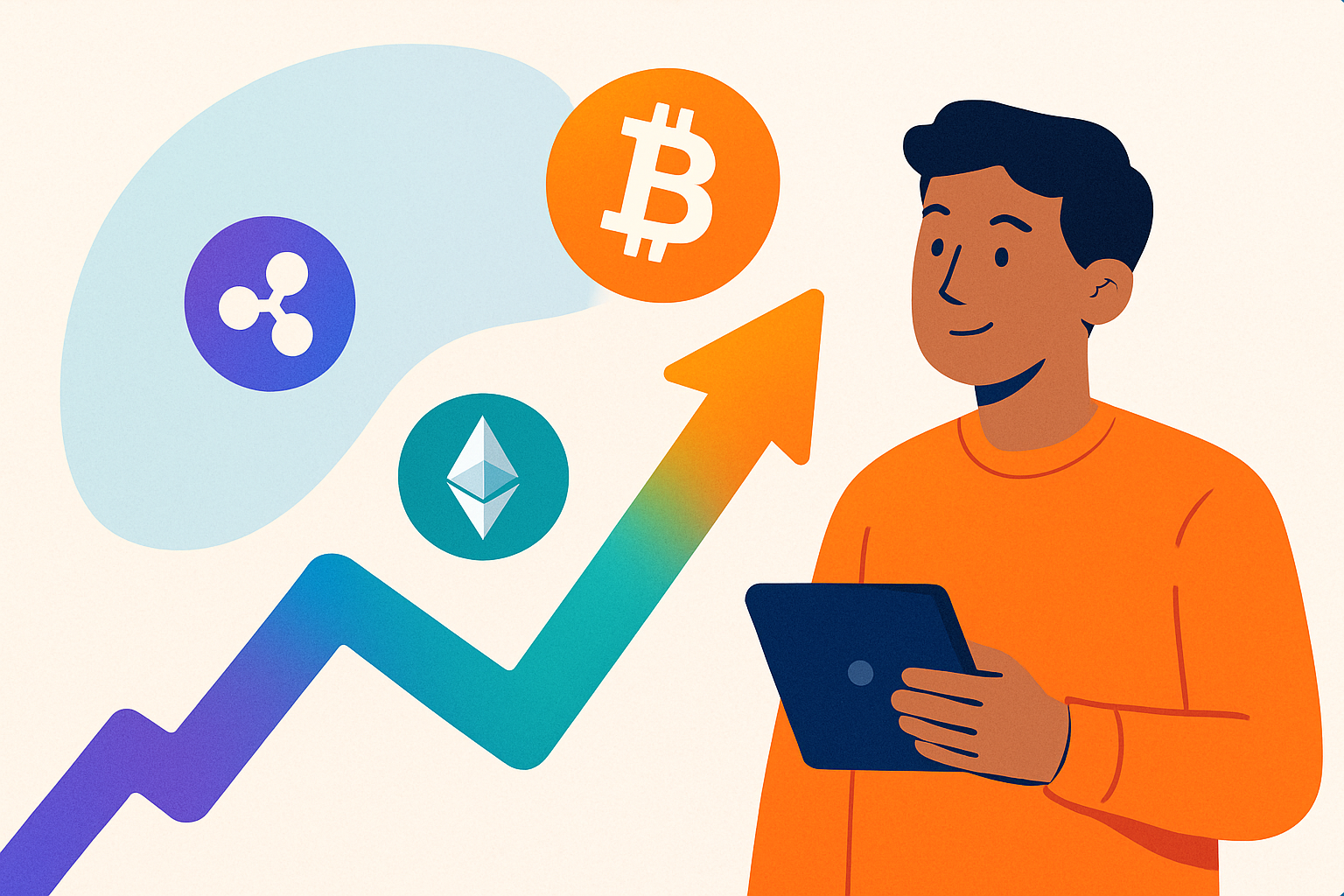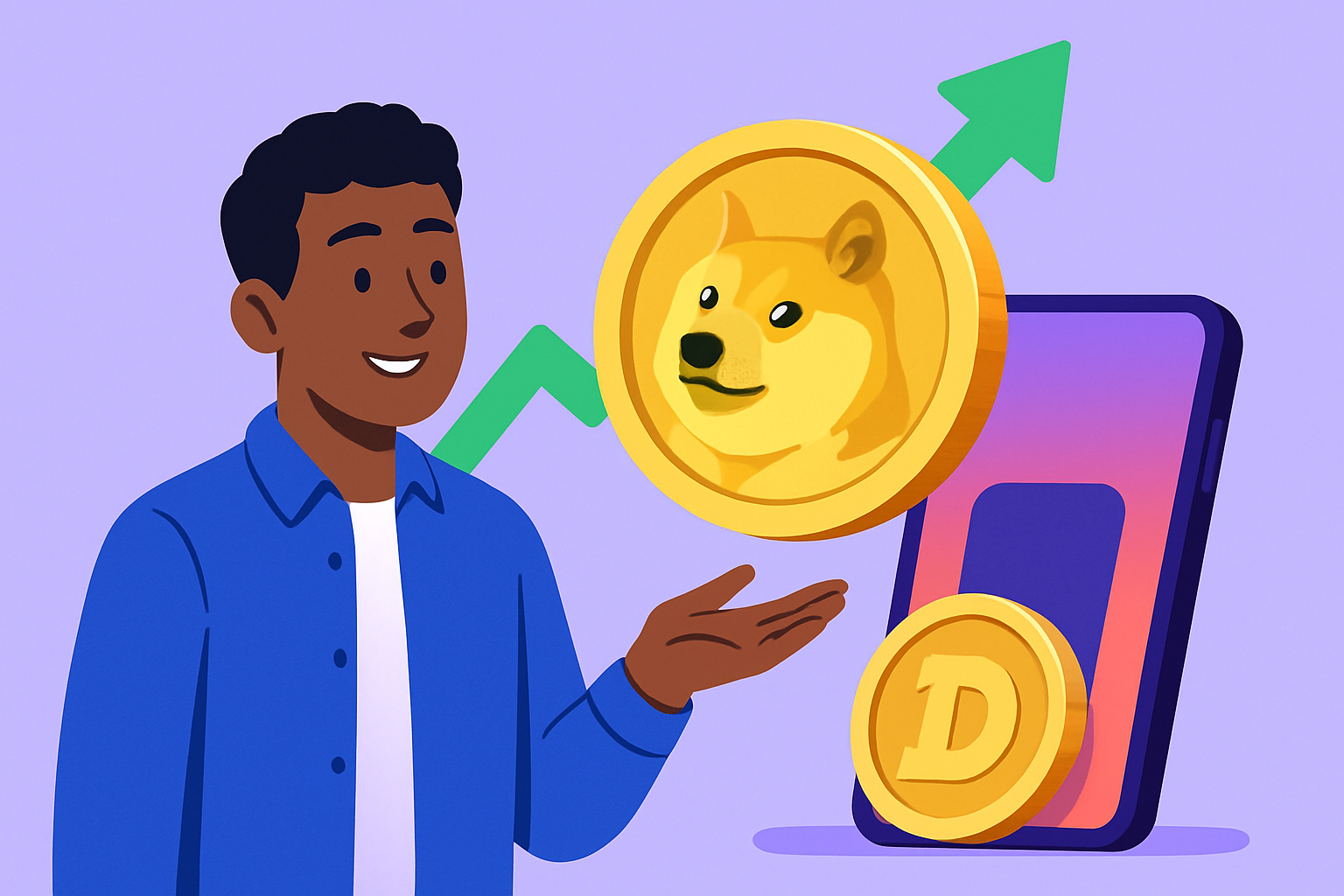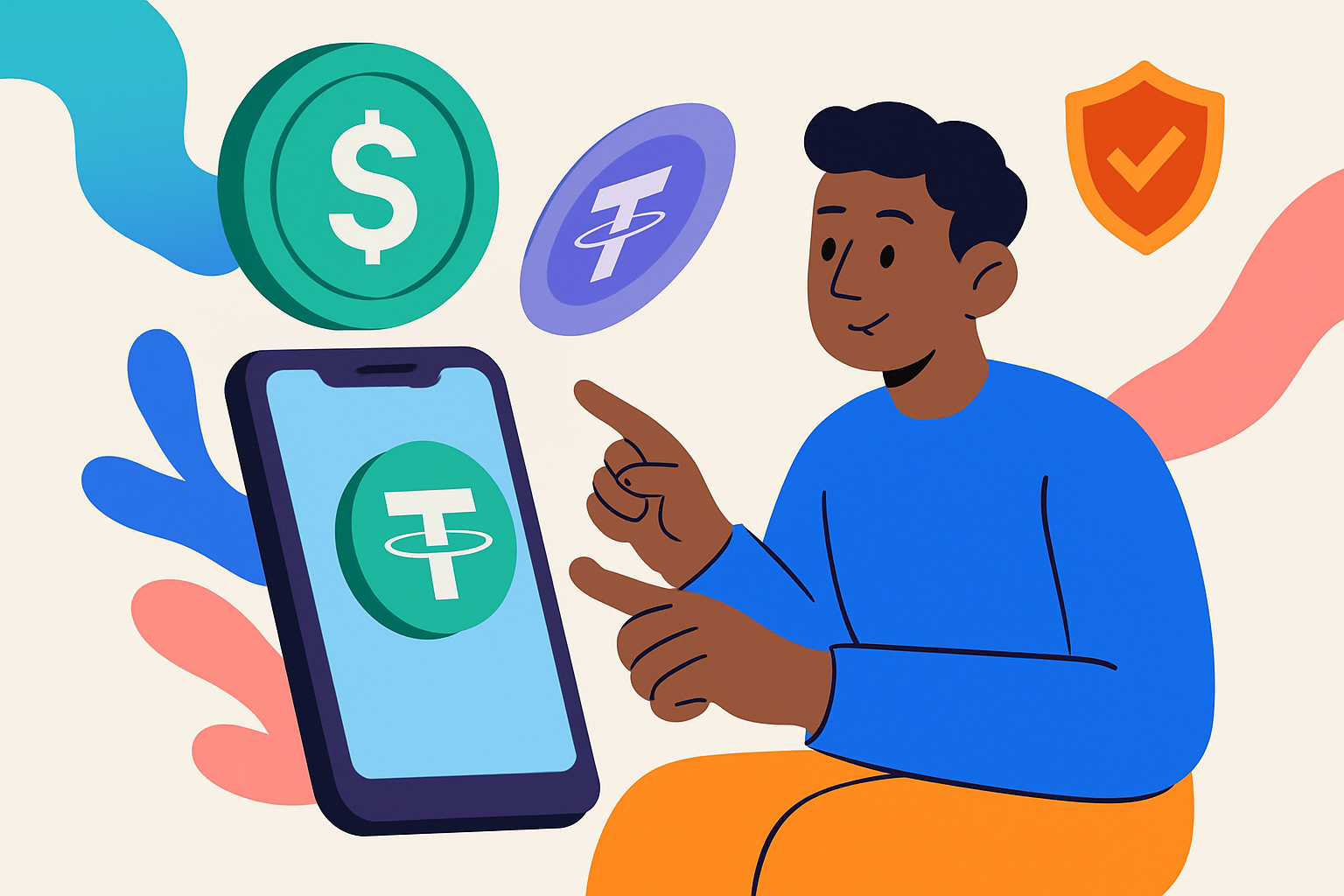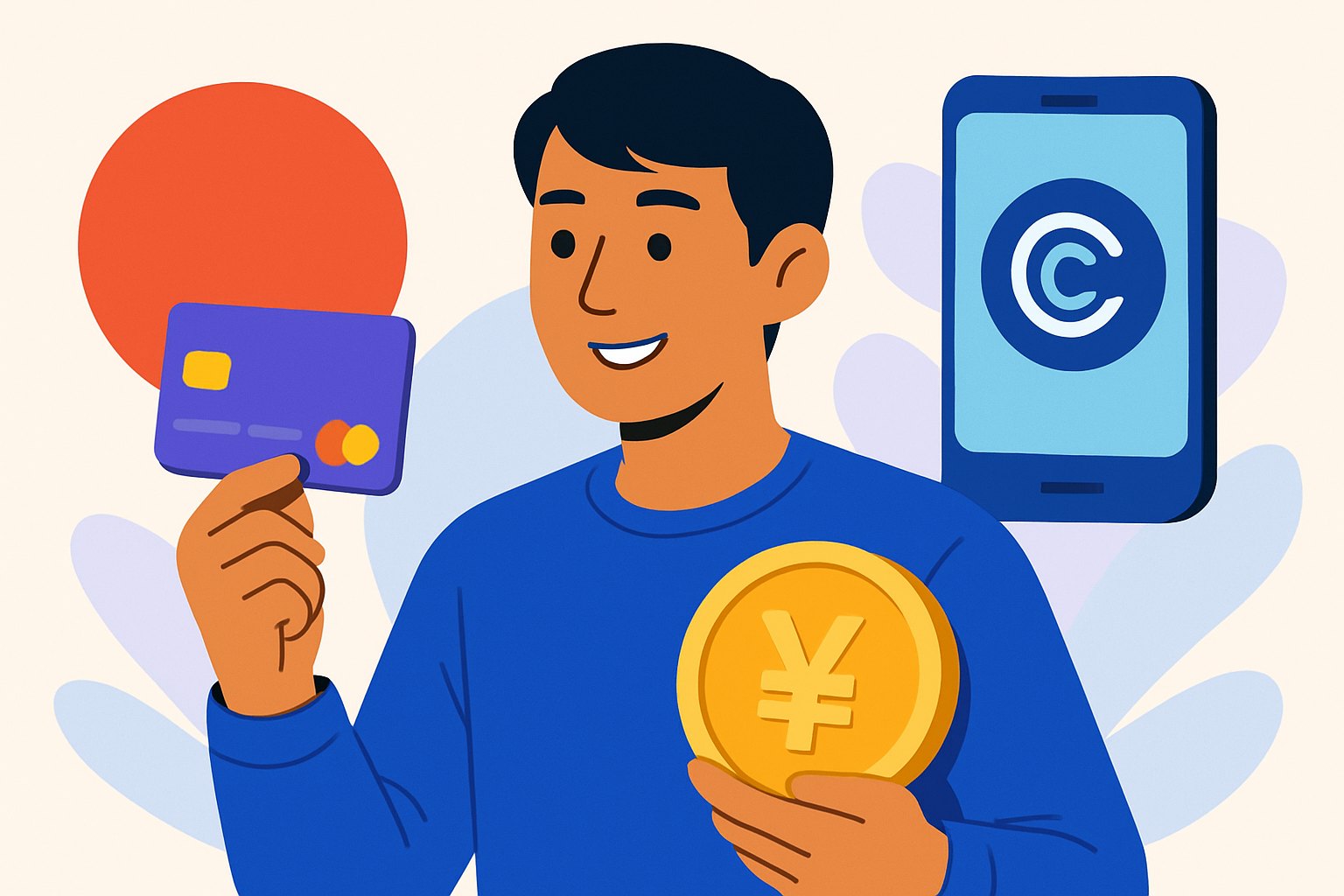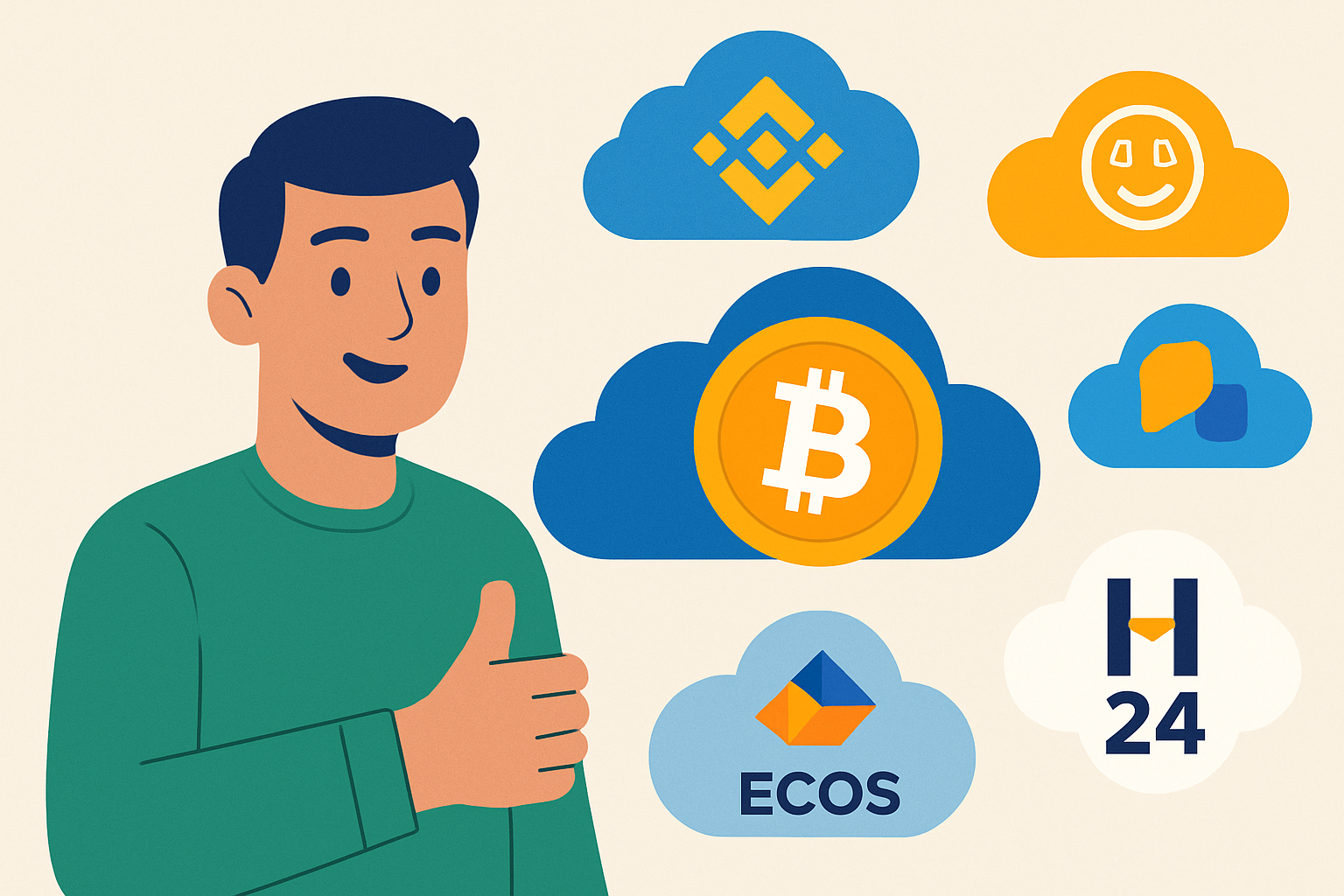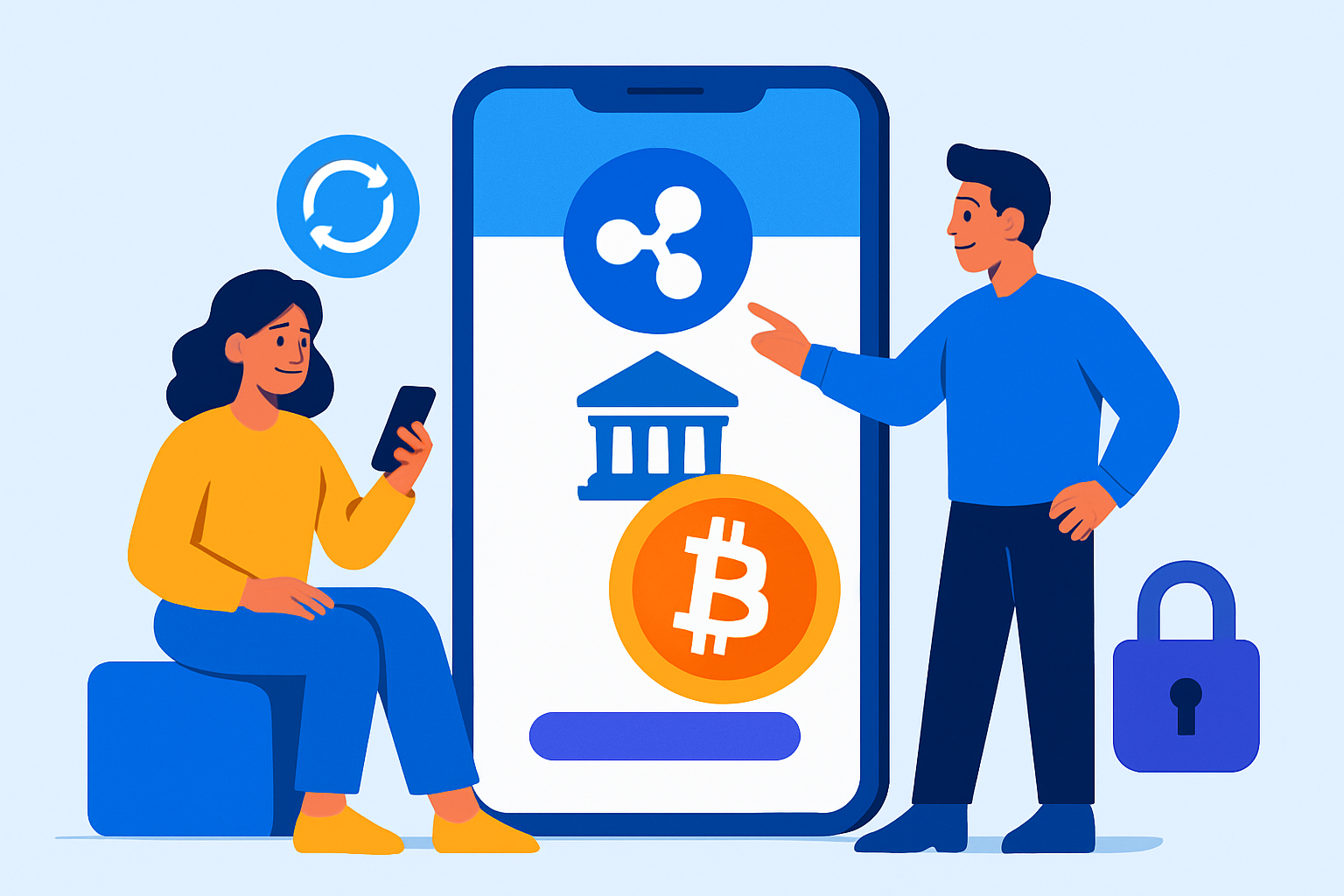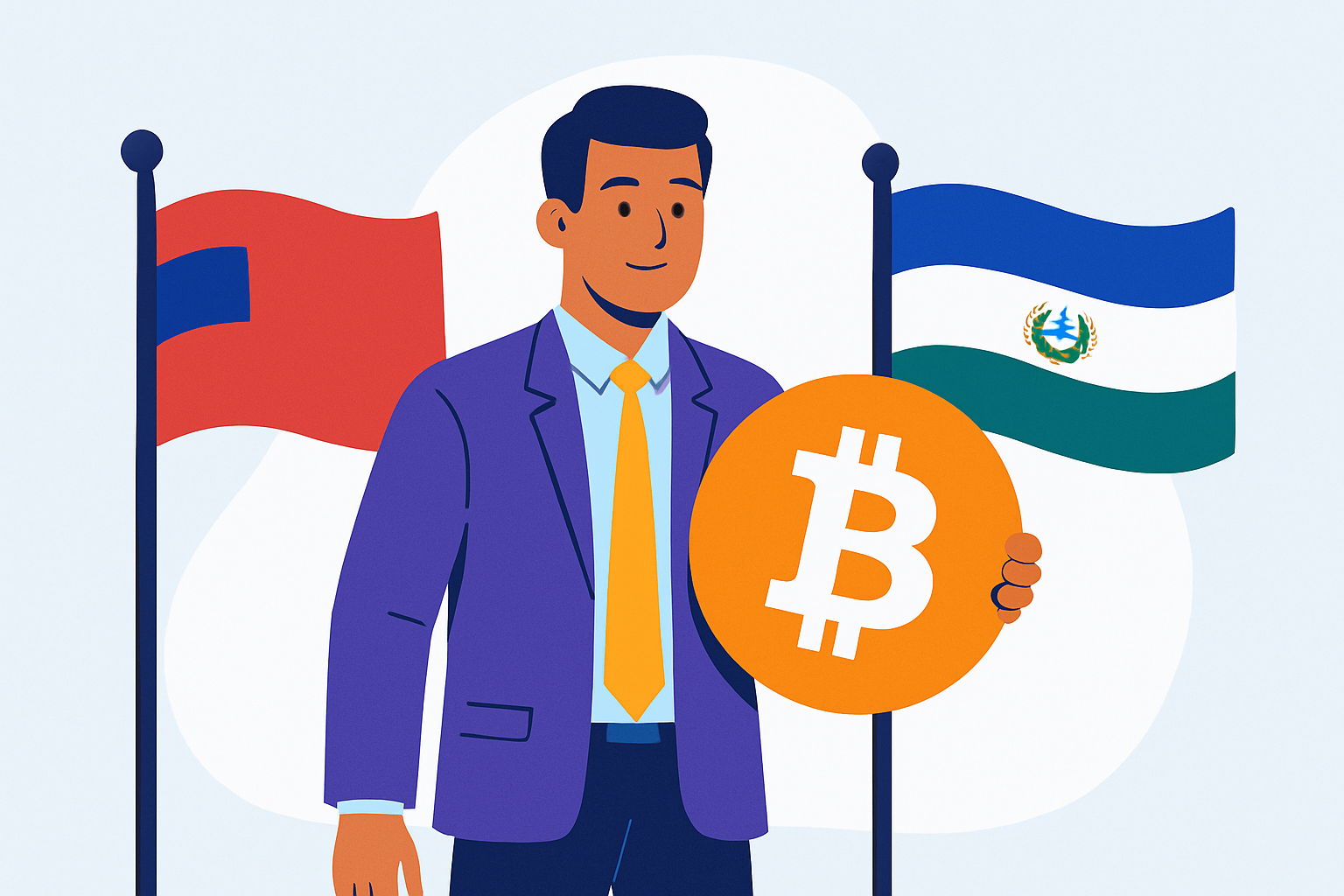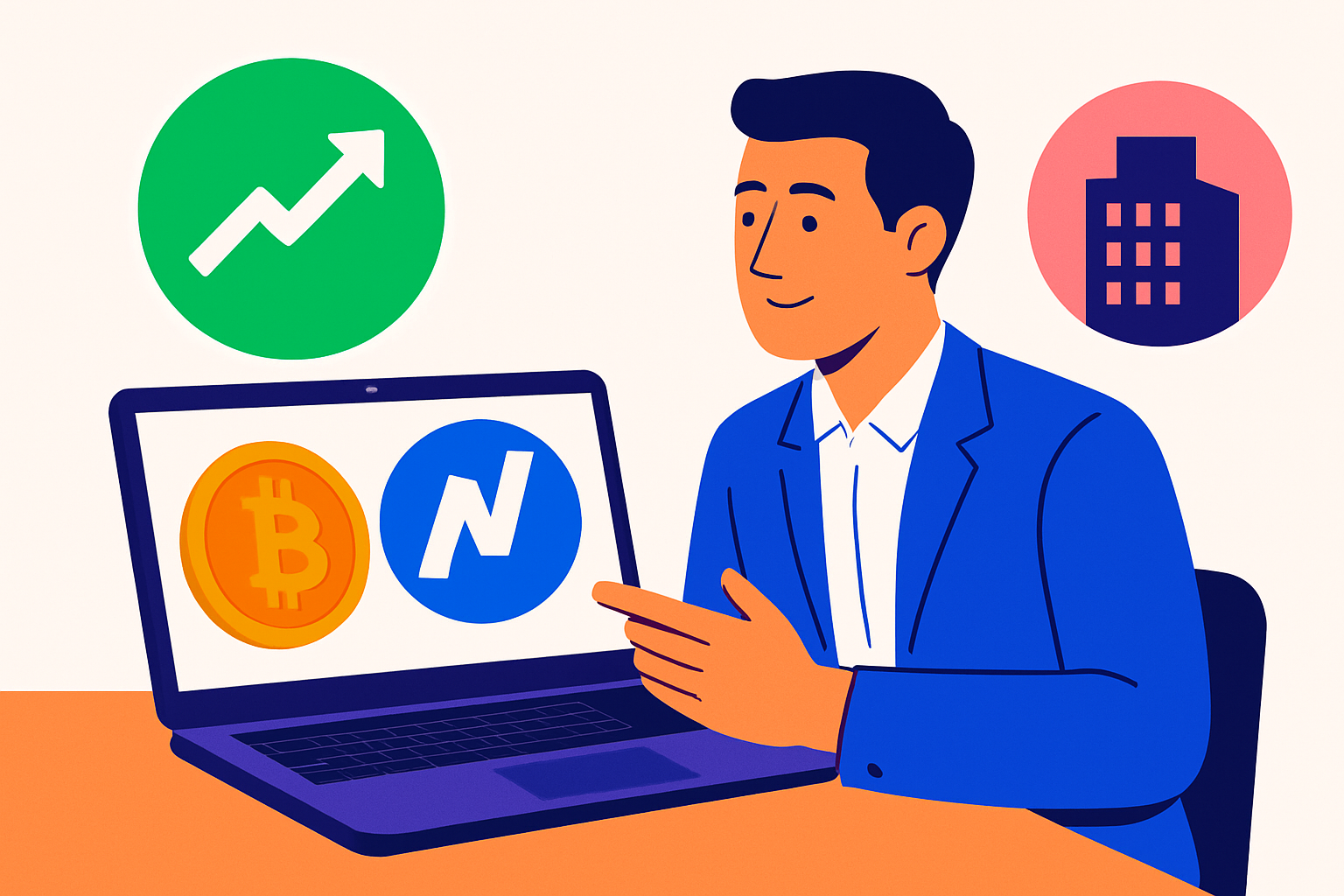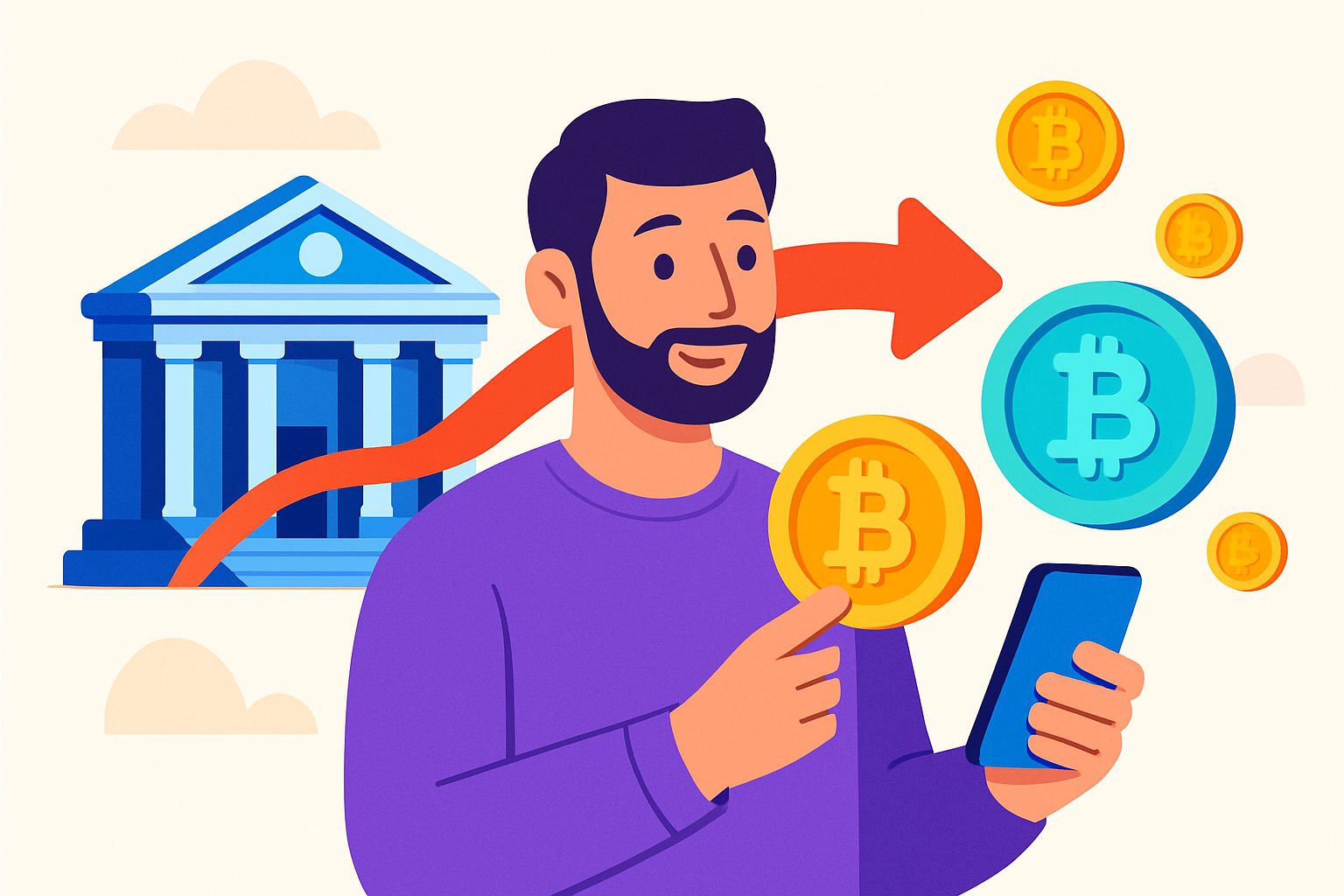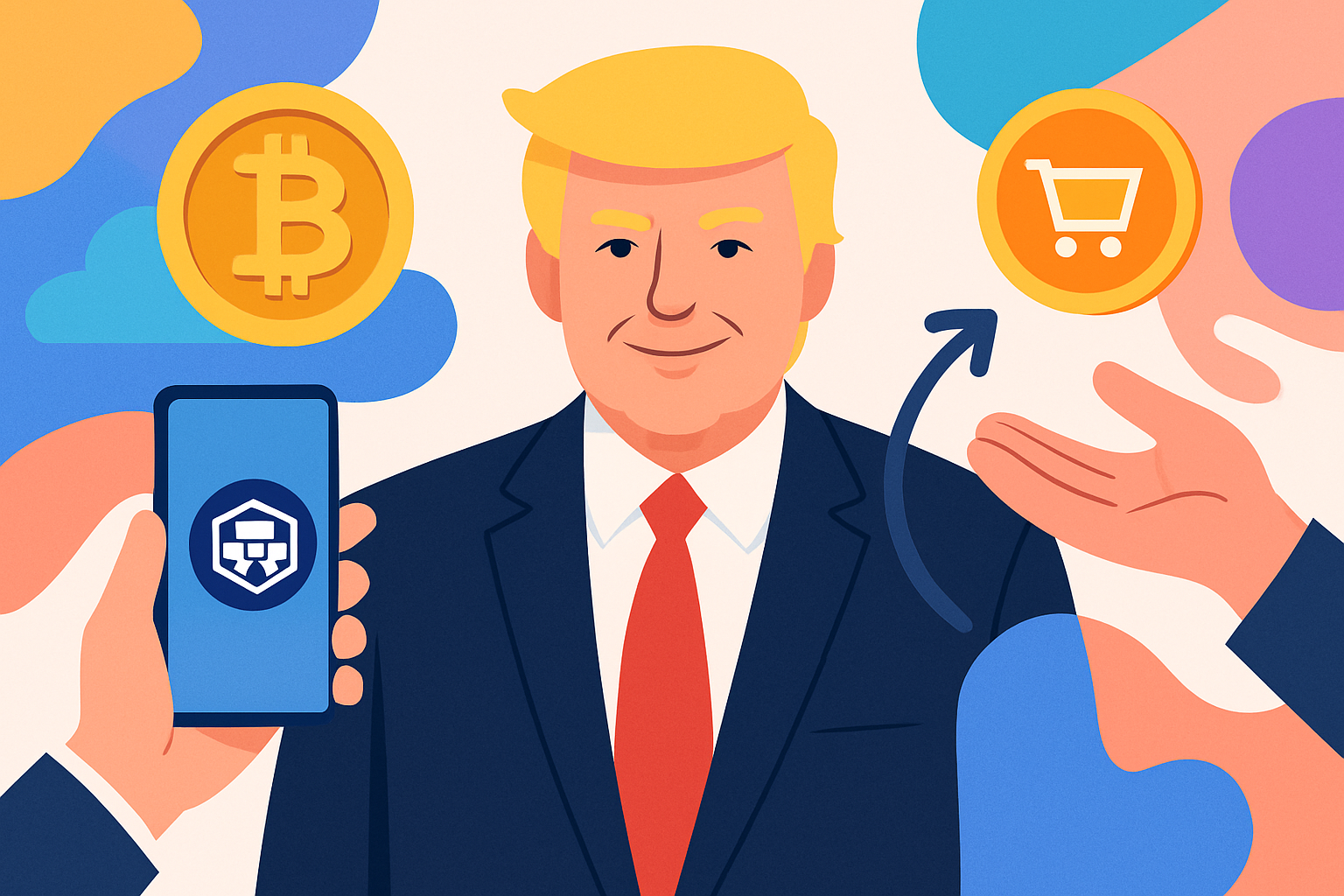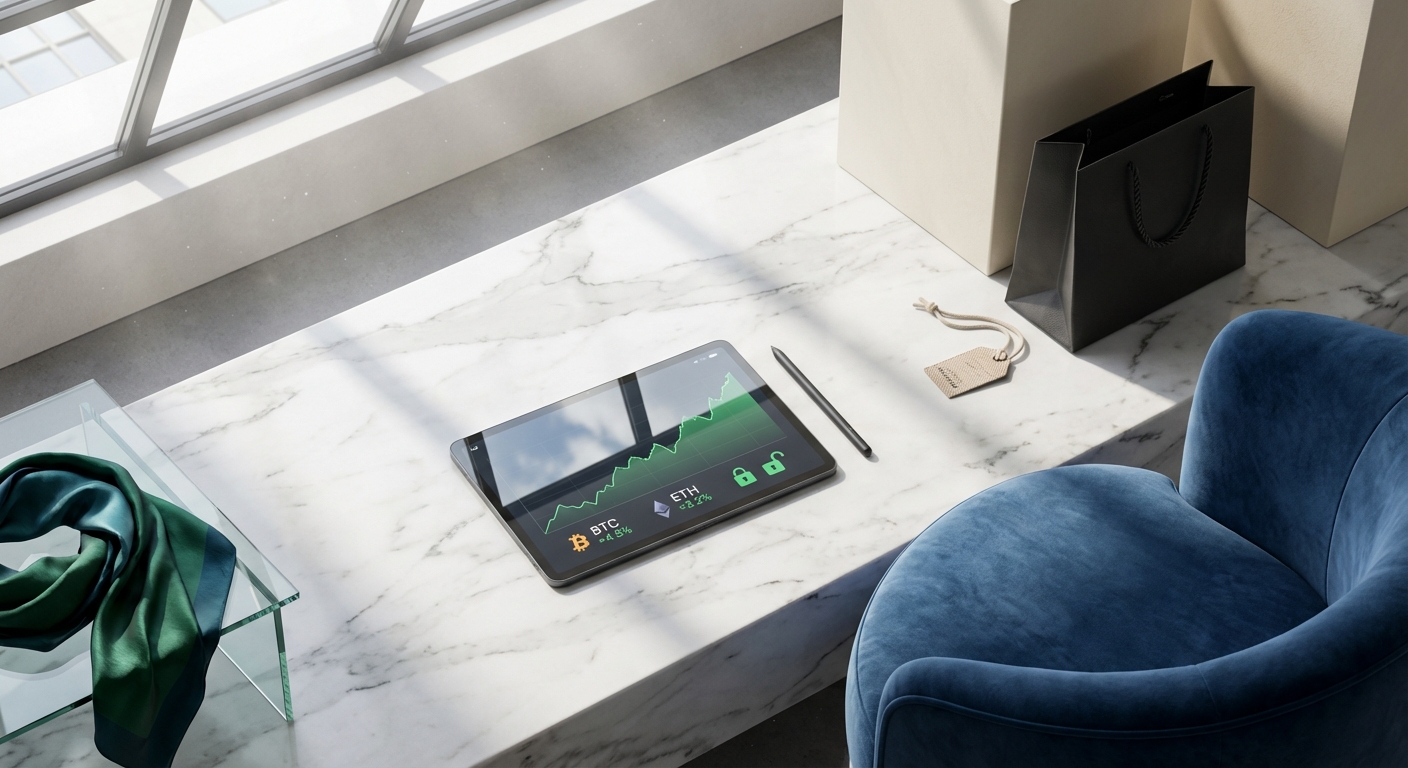Wall Street is making its boldest crypto move yet. Morgan Stanley’s E*Trade crypto trading integration isn’t just...
Blu
Blu is a technical chartist specializing in momentum trading and swing strategies within the Solana ecosystem. With six years of experience and a background in applied mathematics, he excels at breaking down price action for actionable trades. Caleb is a strong advocate for disciplined risk management. His tagline: 'Charts never lie.'
How to Buy Cryptocurrency Safely During Market Crashes: Lessons from the September 2025 Bitcoin Rout
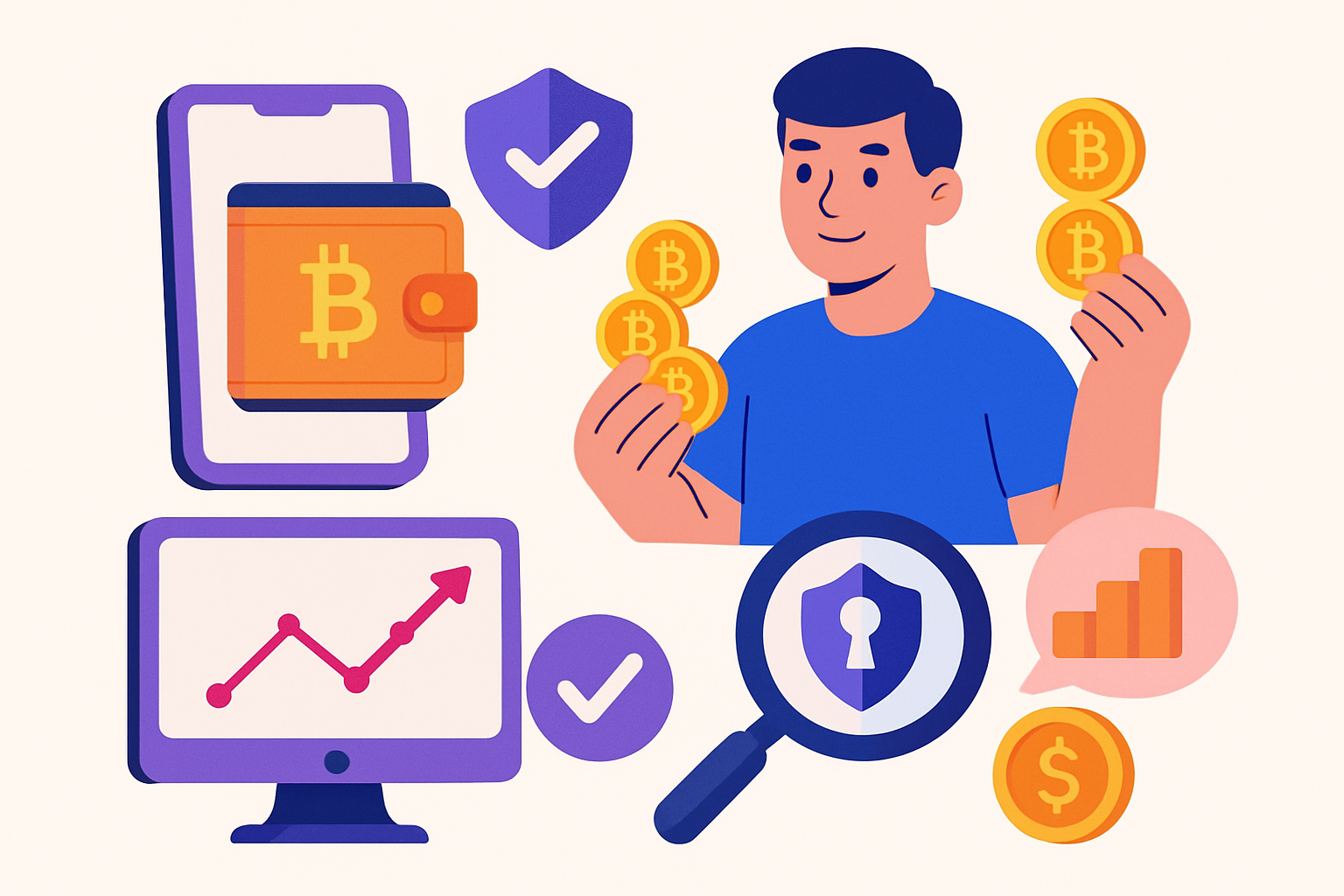

How to Buy Cryptocurrency Safely During Market Crashes: Lessons from the September 2025 Bitcoin Rout
September 2025 has proven once again that crypto markets can turn on a dime. Bitcoin’s price tumbled...
Asia’s crypto scene is heating up, and if you’re a global buyer, now’s the time to pay...
The landscape of crypto investing in the United States has shifted dramatically with the launch of the...
The arrival of the first U. S. XRP ETF marks a pivotal moment for mainstream crypto investing....
Spain’s banking giant has officially stepped into the crypto arena, and the implications for secure crypto buyers...
Crypto payments are moving from niche to mainstream, and the landscape is shifting fast. In 2025, both...
The cryptocurrency market in September 2025 is making headlines as the TOTAL2 chart: which tracks the total...
Dogecoin (DOGE) has once again captured the spotlight, surging 32% in just one week and currently trading...
In a move set to reshape the U. S. crypto landscape, Tether has announced the launch of...
Japan is officially pulling crypto payments out of the margins and dropping them right on Main Street....
In 2025, the world of bitcoin cloud mining has become nearly unrecognizable compared to just a few...
Spain’s crypto landscape is undergoing a seismic shift as BBVA, the country’s third-largest bank, partners with Ripple...
Bitcoin’s role in global finance is shifting, and the latest high-profile acquisitions by Metaplanet and El Salvador...
South Korea’s Financial Services Commission (FSC) set the global crypto world abuzz in August 2025, imposing a...
Russia is making bold moves in the world of cryptocurrency, pivoting from a cautious stance to a...
In a move shaking up both traditional equity markets and the crypto sector, Nasdaq has unveiled new...
Crypto buyers are witnessing a dramatic shift in the payments landscape as USDT (Tether) surges to the...
Yunfeng Financial Group, the Hong Kong-listed powerhouse co-founded by Alibaba’s Jack Ma, has just made headlines with...
Over the past year, the relationship between major banks and cryptocurrency regulation has shifted dramatically. Once content...
Grayscale Investments has once again taken center stage in the crypto market, this time with its ambitious...
Ethereum has entered August 2025 with a surge that’s impossible to ignore. Not only has Ethereum (ETH)...
The U. S. crypto landscape just got a seismic shake-up, and if you’re an American looking to...
The crypto market is buzzing with seismic shifts, and at the center of it all in 2025...


